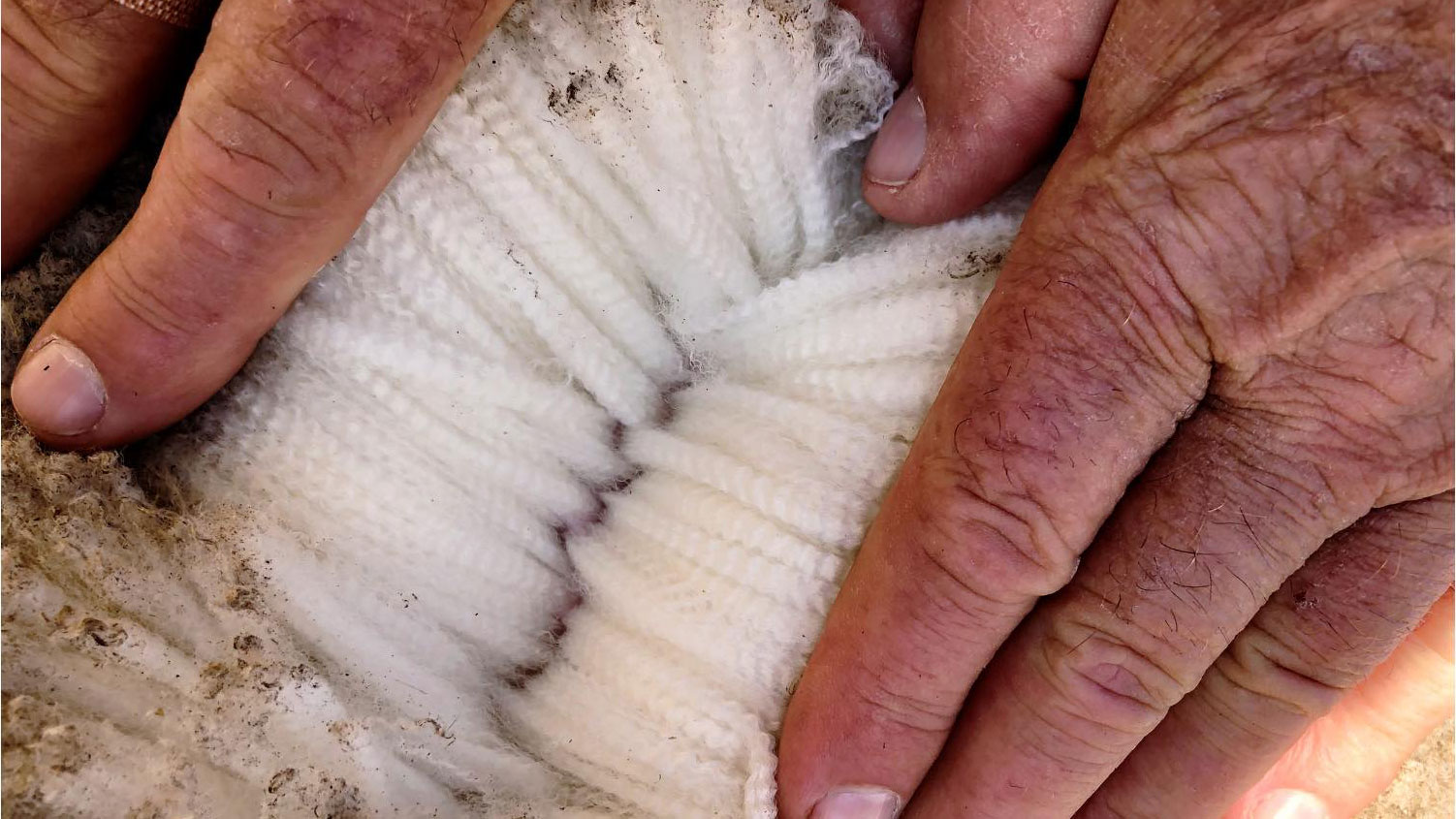Tool 2.4 Planning guidelines for shearing, wool preparation and classing
Tool 2.4 Planning guidelines for shearing, wool preparation and classing
Wool harvesting
Checklist for efficient wool harvesting procedures and effective communication pathways at shearing:
- Set up effective communication with the contractor, shearers and shed staff
- Brief the team so they understand your expected standards
- Engage a shearing team known for the quality and reliability of its work and that employs sufficient shedhands
- Give particular attention to the level of shed staffing for sheep handling and wool preparation
- Read and apply the Grower Responsibilities section of the AWEX Code of Practice for Wool Classers
- Provide a better-than-average working environment; ensure that the shearing shed, as a minimum, meets your state’s Occupational Health and Safety (OH&S) requirements
- Acknowledge the professionalism of shearers and shed staff; this creates a highly productive and efficient work environment.
Consider the following in the annual management calendar:
- Choose a date for shearing that is likely to maximise the potential value of the total clip, in terms of both fibre characteristics (e.g., staple strength, position of break) and total wool production.
- Crutch within 3 months of the scheduled shearing date to reduce potential stained fibre contamination.
- Manage the flock to ensure the sheep are kept dry, not scouring, not stressed by excessive yarding and are held off feed and water for the shortest time possible handling immediately prior to shearing.
Wool preparation and classing the clip
Wool offered for sale in Australia is usually prepared by a suitably qualified and registered wool classer. To be registered with AWEX a wool classer must have completed and passed a recognised training course in wool classing/wool preparation.
In preparation for shearing:
- Provide your classer with a breakdown (preferably written) of flock structure with regard to mob sizes, ages and the order that they will be presented for shearing
- Provide the classer with previous years’ clip results
- Consult with the classer on the preparation of the clip prior to shearing
- Agree on the code of practice, particularly in determining the number of lines, observance of bale weight limits (195 kg is recommended, 204 kg is maximum) and guidelines for describing the wool in each bale.
- For the classer’s stencil to be applied to the bale of classed wool, the classer must adhere to the industry benchmark for wool clip preparation, the AWEX Code of Practice for Wool Classers.
- In smaller shearing sheds (four stands or less), the classer may assist wool handlers with clip preparation but in larger sheds the classer must concentrate wholly on classing and shed management.
- Visit your wool broker’s showroom floor to inspect sample boxes and discuss your own clip’s preparation, test results and presentation. Ask about lot valuations and types. Take the time to inspect the classing and preparation of other clips of similar wool types from comparable regions.
- Actively seek and obtain feedback on the lots that sold well or below expectations or valuation. Enquire how the buyers typed and valued your clip. Keep a record of who buys your wool and where it might go for processing.
Further sources of information
The following sources provide information on best practice for shearing, wool preparation and classing.
Shearing shed guidelines – AWI provides guidance on planning new shearing sheds or renovating old sheds. The guidelines will help you improve productivity in the shearing shed and meet OH&S standards.
Shearing shed safety – AWI also provides shed safety materials, ranging from the SafeSheds best practice guide and assessment resource to the Shed Safety Signage Kit to be hung in your shed and warn staff of potential dangers.
AWI Wool Handling and Shed Skills USB – a training series for wool handlers covering throwing, skirting, rolling and other shed responsibilities. To order your free USB, call the AWI helpline on 1800 070 099 (free call within Australia).
The AWEX Code of Practice grower responsibilities – Visit the AWEX website, click on ‘wool classer’ and scroll down to code of practice. You can download the ‘grower responsibilities’ section of the code of practice from the website or call AWEX on 02 9428 6136 for a copy of the complete code of practice.
The code of practice provides guidance to wool classers on the standards required by customers of Australian wool. If your registered wool classer follows the Code you can be assured that:
- The processor will receive lines that are uniform in terms of visible characteristics
- There is minimum risk of contamination
- The documentation is accurate
On Farm Fibre Measurement (OFFM) – Search the web for "OFFM testing" or "fleecescan" to find commercial contractors.
OFFM is a valuable tool in accelerated breeding from superior animals and culling of low-value animals. In addition, there are occasions when producers of superfine wool (below 18 micron) have found OFFM helpful in compiling homogenous sale lines of finer wools if OFFM quality assurance guidelines are followed. Ensure that the potential fibre diameter premiums outweigh the likely additional costs.
Analysing a typical wool clip over five years (2000-2005), OFFM can return per sheep net profits* of between $3.04 (20 micron flock) and $5.56 (18 micron flock), primarily by improved selection and breeding. (*Source: OFFM Calculator).
The OFFM Calculator was developed by Dr Kevin Atkins and Steve Semple from NSW Department of Primary Industries with funding from AWI, the Australian Sheep Industry CRC, and the International Fibre Centre.
Your wool broking team can supply support and information on best practice for shearing, wool preparation and classing.
The shearing app: The shearing app is a shearing tally and wool book that enables the user to enter, store, automatically calculate and display all relevant data associated with shearing sheep. Visit www.shearingapp.com/.
WoolClip app: Can be used by wool classers and growers to manage the wool clip through the pipeline. To explore the functionality, visit www.woolclip.com.au.






